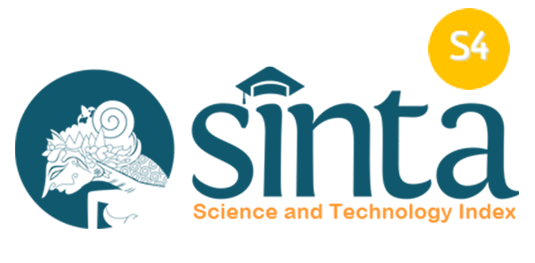Mitigating Indonesia's Financial Market Risk: A Cluster-Based Approach to Payment System Infrastructure
DOI:
https://doi.org/10.33005/ebgc.v8i2.1614Keywords:
payment systems, financial market infrastructure, cluster analysis, risk mitigationAbstract
An analysis of Indonesia's payment systems and financial market infrastructure (FMI) reveals a landscape in the midst of a fundamental shift toward digitalization. The study defines the regional disparities in this transformation and their respective risks. We clustered provinces using Euclidean distance and average linkage. The highest quality analysis resulted in a 3-cluster solution, with clusters reflecting low, moderate, and high risk profiles. Our findings indicate that the high-risk cluster (DKI Jakarta) is characterized by a concentration of financial activity to level up the systemic risk and cyber threat. Meanwhile, the moderate-risk cluster, which includes provinces such as West and Central Java, has a relatively high level of digital adoption but is not as extreme compared to the concentration in the first cluster. Last but not least, the large-volume, low-risk cluster with little transactions high level of digitalisation. This cluster is also the most exposed to economic marginalization, but sees less cyber risks than all of the other groups. Based on these results, the study argues that gaining a deeper knowledge of these distinct cluster-specific risk profiles is imperative in tailoring bespoke targeted risk mitigation strategies which can ultimately help steer Indonesia's financial ecosystem towards greater stability and inclusivity for all its citizens alike.








